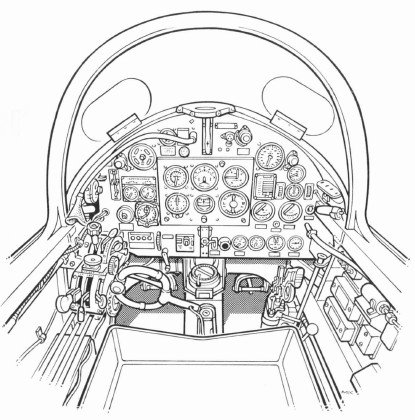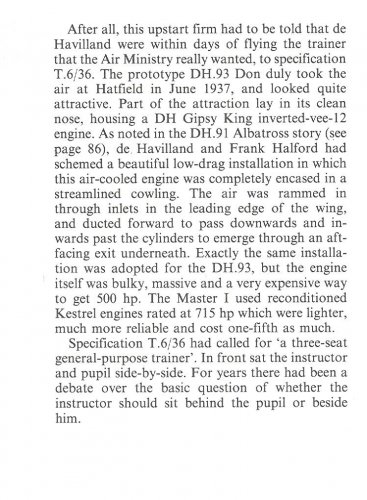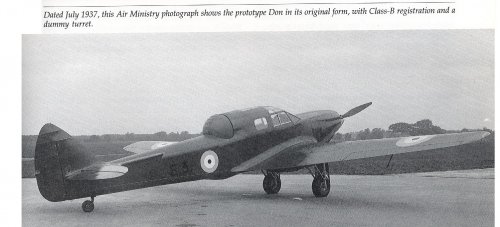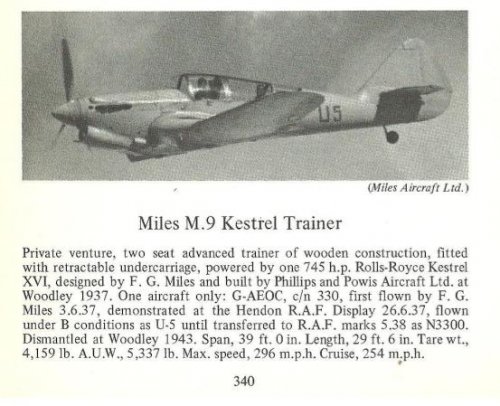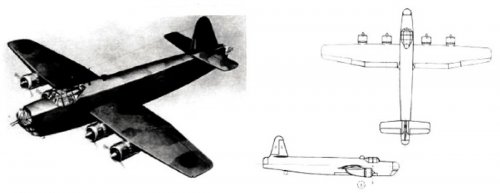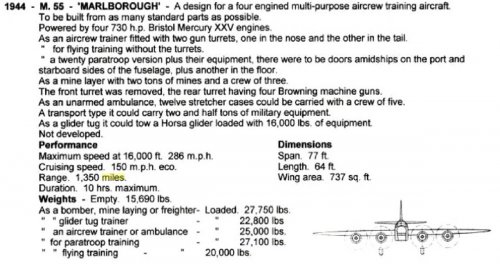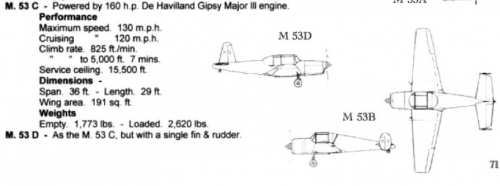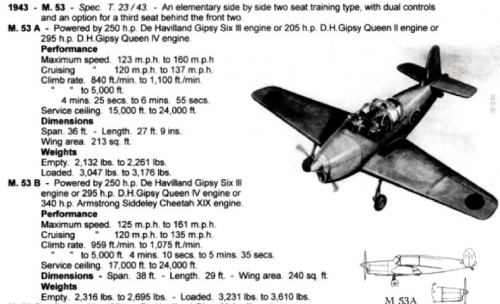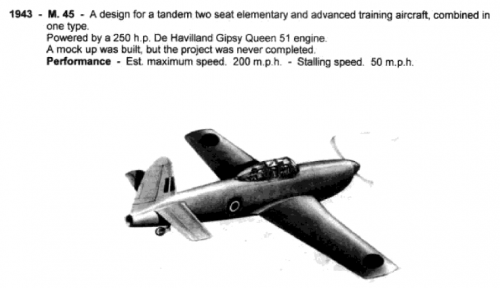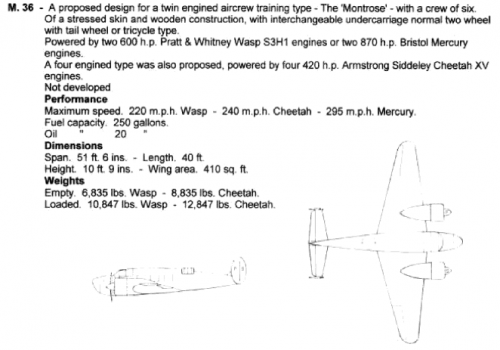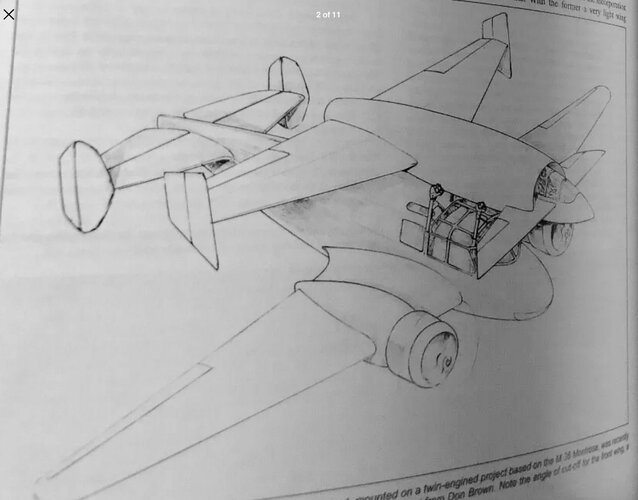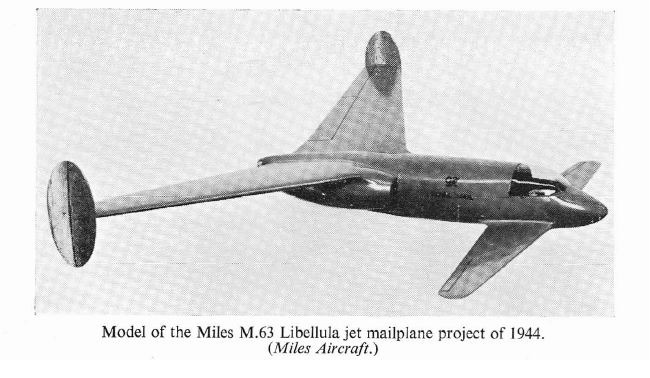I've read the Air Ministry originally turned down the Kestrel powered Kestrel (made 300mph in 1937 following private development) but asked Miles to develop it as the Master when another trainer project failed, what was that trainer project?
Something else I've seen mentioned about the Master is its hand control box - it was apparently a popular feature incorporating controls for throttle, mixture, propeller, landing gear, trailing edge flaps, landing lights and elevator and rudder trim tabs, all easily accessible to the left hand.
I've seen something similar for the Martin Baker fighters.
How did this compare to the fit in the actual front line fighters that got into service?
Something else I've seen mentioned about the Master is its hand control box - it was apparently a popular feature incorporating controls for throttle, mixture, propeller, landing gear, trailing edge flaps, landing lights and elevator and rudder trim tabs, all easily accessible to the left hand.
I've seen something similar for the Martin Baker fighters.
How did this compare to the fit in the actual front line fighters that got into service?


